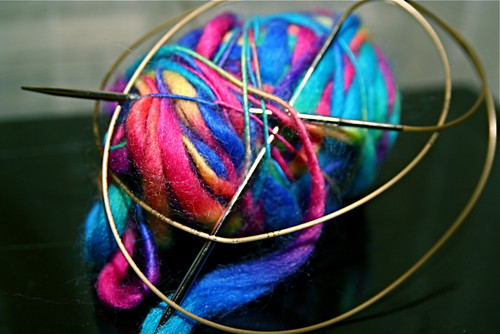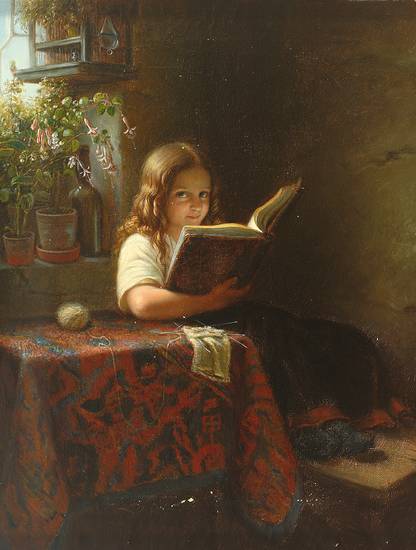“Dis-moi ce que tu lis, je te dirai qui tu es”, il est vrai. Mais, je te connaîtrai mieux si tu me dis ce que tu relis.
“Tell me what you read and I’ll tell you who you are” is true enough, but I’d know you better if you told me what you reread.
François Mauriac
Re/Read
Interchangeable Knitting Needles: A Thing of Beauty and a Joy Forever
You know how it is. You get to hear of something, you maybe see one somewhere, and then you see the price-tag and it gets firmly shelved under F for Fantasy. But you keep thinking about it. You keep looking at the options, and one day you realize you could actually make it happen. The idea frightens you a bit, but you keep thinking about it, and then one day you actually take the plunge and buy it.
And then, in my case, you sit back and wait for it to arrive, and wait, and wait, because they’re out of stock (although it doesn’t mention this on the website) and then there are manufacturing problems, and then you have to wait for them to be shipped from the manufacturer to the merchant, and then to you (all three of you being in separate continents).
The treasure for which I was so eagerly waiting was a set of interchangeable circular knitting needles, the apogee of knitting needle technology. First there were straight needles, then double-pointed needles or DPNs, then fixed circular needles, and now, at last, the inexorable march of progress brings us the interchangeable circular knitting needle. (Once we have accumulated sufficent spondulicks.)
The set I got is known as the Karnation set, despite this name not being mentioned on either the merchant’s website (eknittingneedles.com) or the packaging. It’s not the usual way of marketing a product, but then, they apparently keep selling out, so they must be doing something right.
This set has 13 colour-coded sizes of aluminium needle (2.75mm up to 10mm) with five different lengths of cord (16in to 4ft). That is the equivalent of sixty-five different interchangeable needles, even if you don’t take into account the possibility of linking two or three of the cords together to create a needle so long you can skip with it. Or knit a blanket in one piece. Although maybe not both at the same time.
Two cord-connectors are included with the set, along with a rubber pad and a couple of little key-wires so you can tighten the connections to the point where you can’t undo them by hand (nor, more to the point, by knitting with them). There are also a packet of end-caps (to hold stitches on a cord while you are using the needles with another cord) and a card which tells you which of the colour-coded needles is which size. This all comes in a surprisingly small black zippered case (about 18 x 20 cm, closed). It looks something like this:
On the downside, the shortest cord (16 inches with needles attached) is so short you can barely get the needles’ points to meet. On the plus side, it’s still useful as a stitch-holder, or an extension to one of the larger cords.
The only thing I don’t like about this set is that the smallest needle is 2.75mm, which, while not huge (and smaller than a lot of sets go), is still larger than I use for a number of things, most notably socks. And this is where the delay came in handy: as compensation for waiting so long, the merchant offered me a 20% discount, which I took up in sets of double-pointed sock needles (three, the smallest of which is 2mm).
Of course, once I had this equivalent-of-sixty-five-circulars set, I had a lot of old needles I no longer needed, so ‘sorting out the knitting needles’ became an important item on the July purging list.
In July I purged:
nine circular needles (of various lengths and widths)
three pairs of straight needles (ditto)
and nineteen books, including poetry, prose, and reference.
This may seem like a short list, but to a bibliophile, purging books is a slow and arduous task. I’m lucky I have my knitting to help me stand the strain.







